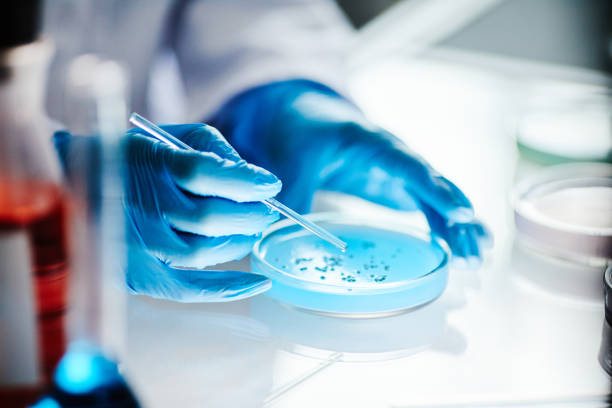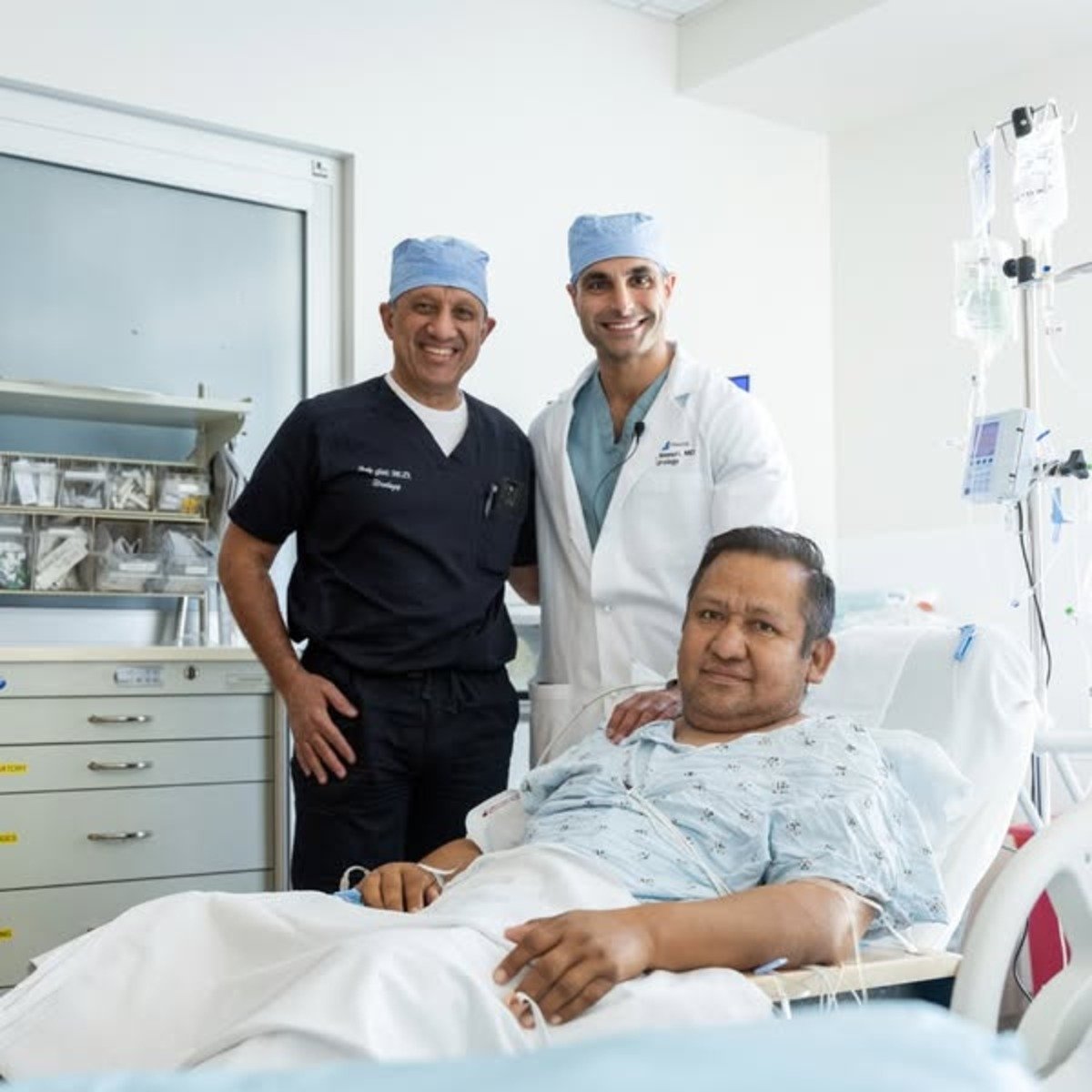By Morgan Nwanguma
Researchers from Mass General Brigham and Beth Israel Deaconess Medical Centre have identified seven blood metabolites associated with excessive daytime sleepiness (EDS), a condition affecting roughly one in three Americans. EDS is linked to higher risks of cardiovascular disease, obesity, and diabetes. The study, published in Lancet eBioMedicine, suggests that both hormonal factors and dietary influences play a role. For example, omega-3 and omega-6 fatty acids appeared protective against drowsiness, while compounds like tyramine were associated with increased sleepiness.
“Our study suggests diet and genetics may play an important role in EDS,” said lead author Tariq Faquih, PhD, a postdoctoral fellow in the Division of Sleep and Circadian Disorders at Brigham and Women’s Hospital, a founding member of the Mass General Brigham healthcare system. “As we learn what’s happening biologically, we are beginning to understand how and why EDS occurs, the early signs that someone might have it, and what we can do to help patients.”
Researchers analyzed 877 metabolites—naturally occurring molecules shaped by diet and hormones—using blood samples from 6,000 participants in the Hispanic Community Health Study/Study of Latinos. Sleepiness was assessed with a questionnaire measuring how often participants dozed off in different scenarios. To strengthen the findings, results were replicated in the Multi-Ethnic Study of Atherosclerosis (MESA) as well as cohorts in the UK and Finland.
The team identified seven metabolites linked to excessive daytime sleepiness (EDS), along with three sex-specific metabolites. Protective associations were found with omega-3 and omega-6 fatty acids, common in Mediterranean-style diets, while tyramine—present in fermented or overripe foods—was tied to greater sleepiness, particularly in men. Sex steroid metabolites, including progesterone, were also connected to sleep-regulating processes such as melatonin production.
These findings suggest that both dietary changes and pharmacological approaches may offer new treatment pathways for EDS. However, researchers caution that the study had limitations, including challenges in interpreting metabolite values and reliance on self-reported questionnaires rather than sleep lab testing.
Looking ahead, the team plans to pursue clinical trials to test whether dietary modifications or supplements can reduce daytime drowsiness. They also aim to investigate several previously unidentified metabolites uncovered in the analysis.
“Conducting a clinical trial would be a big next step and could help us understand if omega-3s and omega-6s obtained from diet could help lower risk of EDS,” said Faquih.
Authorship: Apart from Faquih, other MGB authors are Kaitlin S. Potts, Pavithra Nagarajan, Hanna M. Ollila, Tianyi Huang, Clary B. Clish, Susan Redline, Tamar Sofer, and Heming Wang.
Disclosures: Redline reveals consulting dealings with Eli Lilly Inc., Jazz Pharma, and Apnimed Inc. Furthermore, Redline serves as an unpaid board member for the Alliance for Sleep Apnoea Partners and has received loaned equipment for a multi-site study: oxygen concentrators from Philips Respironics and polysomnography equipment from Nox Medical.
Financial support: This research was supported by the American National Institutes of Health (R01HL153814, R01HL161012 and 7R01HL161012) and the JLH Foundation.





